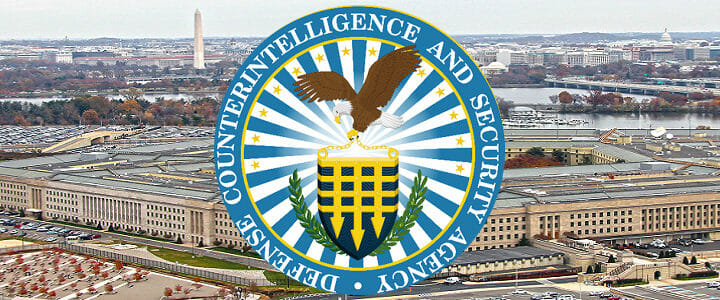Personnel vetting isn’t just a background process—it’s the backbone of national security. And at the Defense Counterintelligence and Security Agency (DCSA), that backbone is getting an upgrade.
In a world where threat vectors evolve daily and cleared talent is tougher to recruit than ever, the Trusted Workforce 2.0 personnel vetting overhaul and it’s follow-on reforms is one of the most impactful—yet underappreciated—developments in the national security community. And versus previous years where issues were addressed and often reared back, in what seems like continually cyclical reform efforts, an announcement from DCSA this week hopes to ensure that mitigating reforms became continual process improvements.
The Tiger Team That’s Keeping DCSA on Track
Late last year, DCSA Director David Cattler greenlit a suite of solutions proposed by the agency’s Personnel Vetting Tiger Team. Branded as “quick wins and immediate actions,” these aren’t just bureaucratic buzzwords—they’re measurable changes that are already decreasing case backlogs, improving communication, and bringing a much-needed dose of velocity to the clearance process.
“We are full-throttle moving into implementation,” said Ryan Christianson, the agency’s Business Transformation advisor and leader of the Tiger Team. For the clearance community, that throttle is long overdue.
Just since September 2024, DCSA’s investigative inventory dropped from over 291,000 cases to 222,700—a 24% reduction, and falling. “Projections show that our case inventory will drop below 200,000 by end of this fiscal year,” Christianson reported. That’s more than a number—it’s a signal that reform is working.
Trusted Workforce Isn’t a Future Vision—It’s Now
If you’ve been around the vetting conversation for the past few years, you’ve heard the phrase Trusted Workforce 2.0 (TW 2.0). What’s different now? Implementation. DCSA’s Tiger Team isn’t just talking about it—they’re embedding TW 2.0 reforms into eApp, continuous vetting, and field operations.
“Why have we been unable to deliver background investigations faster?” Christianson posed. His team answered with data, strategy, and solutions—more than 40 recommendations to streamline the system, backed by customer feedback from nine “Listening Sessions” and two “Industry Listening Tours.”
Data-Driven, Customer-Focused
This transformation isn’t happening in a vacuum. It’s built on what users—both inside and outside government—have been asking for all along: clearer communication, faster turnaround times, and fewer bureaucratic chokepoints.
“Our solutions are based on quantitative data and metrics,” said Tiger Team member Tara Flank. “But we also rely on the lived experiences of those who interact with our program.” That’s the kind of customer-first mentality that’s been missing for far too long in personnel security.
And the effort is holistic. The team is simultaneously targeting four pillars of reform: demand management, operations alignment, throughput efficiency, and improved customer service. That means solving for the mission, not just the metrics.
From Tiger Team to Transformation Engine
“We constantly seek new ways of doing business,” said Steve Postle, a senior analyst with DCSA. And those new ways are starting to look a lot like the future of personnel vetting.
From automated education record checks via the updated Personnel Vetting Questionnaire to smarter continuous vetting policies informed by TW 2.0, DCSA is putting in place the tools needed to close clearance gaps without compromising national security.
Security clearance reform isn’t the kind of topic to make headlines or grab attention. But its the underpinning of the entire national security workforce. In an ever-increasing threat landscape and with a stressed federal workforce, improving the onboarding process is vitally important. A vetted, trusted, and efficient workforce is key. Faster clearances don’t just help government. They help contractors. They help warfighters. And ultimately—they help protect the country.
So, if you’re a talent acquisition professional, facility security officer, or just a national security nerd like me, now’s the time to pay attention. The clearance process is changing—for the better.
DCSA’s latest sweeping solutions show it’s not enough for the agency to keep tempo. They’re committed to conducting the whole orchestra.




